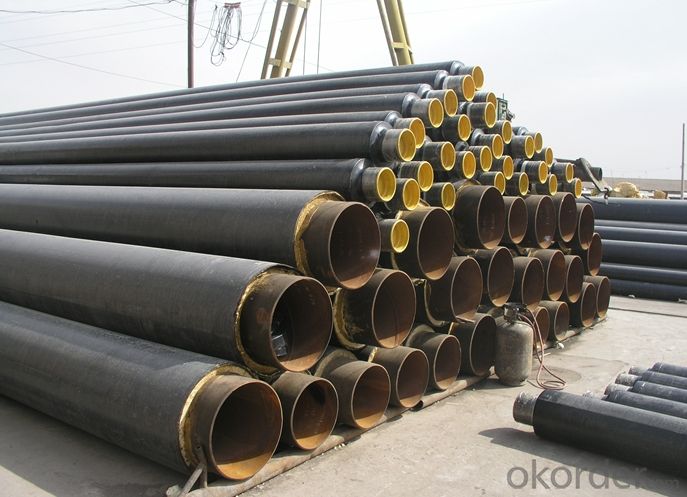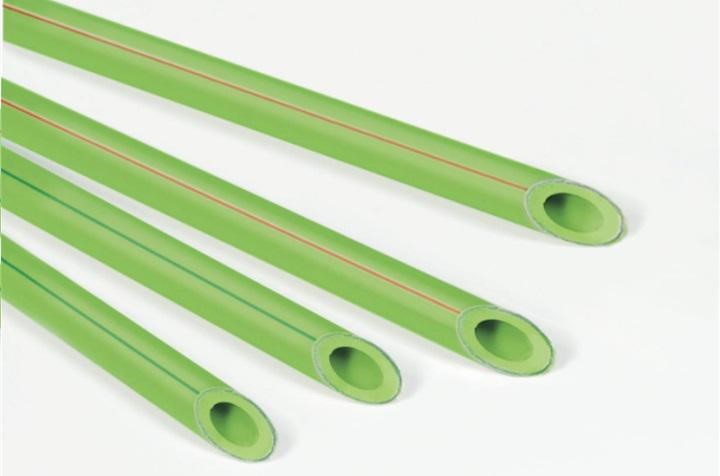They are making a few great pointers regarding Eco-Friendly Plumbing Products as a whole in this post down the page.

Selecting environmentally friendly plumbing products not just helps in reducing your environmental impact but likewise can improve the sustainability and performance of your home. Below's an overview to help you browse the alternatives for even more eco aware pipes choices.
Think about the Product's Life-span
Select plumbing materials that offer toughness and long life. Longer-lasting products indicate less substitutes, minimized waste, and lower lasting environmental effect. For example, copper and stainless-steel are both highly resilient and 100% recyclable, which aids lessen waste.
Look For Recycled Content
Pick products that contain recycled content. Lots of metal plumbing items, like those made from copper and stainless-steel, commonly include a considerable portion of recycled products. PVC and PEX can also consist of recycled plastics, though their overall environmental influence may be greater due to their manufacturing and disposal procedures.
Examine the Production Refine
Search for items made through eco-friendly processes. This includes products like cast iron or copper, which can be generated with a reasonably low environmental influence compared to plastics that call for chemical-intensive production processes.
Prioritize Water Performance
Choosing water-efficient components, such as low-flow toilets, taps, and showerheads, is essential. These fixtures minimize water use, which not only decreases your water costs however also lowers the energy eaten in water home heating and decreases the stress on sewer therapy facilities.
Pick Non-Toxic Products
Prevent products that seep chemicals right into the water system. Copper and PEX are usually non-toxic, yet it is very important to ensure that any kind of plastic components do not have harmful chemicals like BPA or phthalates, specifically for drinking water lines.
Consider the Energy Required for Water Heating
Select pipes layouts and materials that lower the power needed for heating water. Protecting your warm water pipes and picking reliable system designs can dramatically lower the power utilized, therefore minimizing your home's general carbon footprint.
Opt for Locally Sourced Materials
Utilizing locally sourced materials can lower the carbon emissions associated with transportation. In addition, supporting local companies helps promote a lasting neighborhood economic situation.
Review End-of-Life Disposal
Consider the recyclability and biodegradability of plumbing products. Steels like copper and steel are often recyclable, while some plastics and rubbers could not be, adding to garbage dump waste. Comprehending the lifecycle of the products you select can assist in making a more sustainable choice.
Seek Qualifications
Seek items with ecological certifications. Certifications like EPA's WaterSense, GREENGUARD, or Cradle to Cradle (C2C) indicate that items satisfy rigid ecological requirements throughout their lifecycle.
Conclusion
Picking eco-friendly pipes products includes considering the sturdiness, recycled content, manufacturing procedure, water and power effectiveness, poisoning, sourcing, disposal, and accreditations of the products. By making informed options, home owners can significantly lower their ecological impact while guaranteeing the performance and longevity of their pipes systems.
The Impact of Plumbing Materials on the Environment
When buying a home you may be interested in having a sustainable home, and one of the most important aspects that you should not overlook the plumbing systems. With water contamination getting more and more common lately, it’s important to understand how plumbing systems work and their impact on the environment. Drinking water is carried through these pipes everyday and when choosing plumbing materials we must consider ecological toxicity, air pollution, fossil fuel depletion, and global warming.
Low Cost
When buying a home you may be looking for the cheapest way to be sustainable. Although some environmentally-friendly products may be somewhat more expensive than their competitors, money will be saved in the form of reduced water usage and decreased energy consumption in the long run.
A Life Cycle Inventory of residential plumbing systems done in 2011 showed that CPVC systems demonstrate 5% less energy waste than PEX systems and 17% less than copper. This study also indicated that CPVC systems wanted 30% less water than copper and 15% less than a PEX system. These numbers are likely due to the differences in thermal conductivity between these materials.
Copper has a thermal conductivity that is hundreds of times higher than plastics. PEX materials are the least thermal conductive of the three tested and this is why it is better in conserving water and energy.
Sustainability
While environmental performance is important, people can still be concerned about the sustainability of their home. The use of proper plumbing materials when building a home can greatly affect the future sustainability of the home, which can also affect future costs and bills.
A relatively new factor in plumbing, eco-friendly pipe materials can reduce both energy costs, and the overall environmental footprint of your home. These materials are not as widely available due to their recent introduction to the industry, but an understanding of the benefits of each can help save both money and the environment later down the line.
Environment-Friendly Materials
The two most common types of piping material in use today are metals like iron and copper, and PVC piping. Of the two, metal piping is more environmentally friendly and sustainable, but not without drawbacks.
PVC piping however, is notorious for low sustainability, contaminating water with chemicals, and increased waste or “greywater”. While PVC is recyclable, the process is expensive and not in high demand due to the cheap price of fresh PVC.
Metal piping however, has a longer lifespan with less chance of deterioration and no harmful chemical waste that could contaminate your water and potentially harm you or your family. Metal piping is susceptible to corrosion however, usually after a long fifty year lifespan.
The best alternative to these two pipings is relatively new eco-friendly plastics like the ones mentioned earlier. Polyethylene and polypropylene are the two main ingredients in these pipes which are recognized by Greenpeace, an environmental organization, to be the only “future-friendly” piping material on the market.
The more natural and longer lasting materials prevent long term contamination with eco-friendly materials that last long enough to rival the longevity of metal piping. Even local Atlanta plumbers and plumbing installers should have access to the materials you need to make your house eco-safe.
https://www.ecomena.org/impact-of-plumbing-materials-on-environment/

We are very inquisitive about Plumbing Tips Sustainably Saving the Environment and I am praying you appreciated my entry. In case you appreciated our blog posting plz remember to pass it around. I take joy in your readership.
Click Here